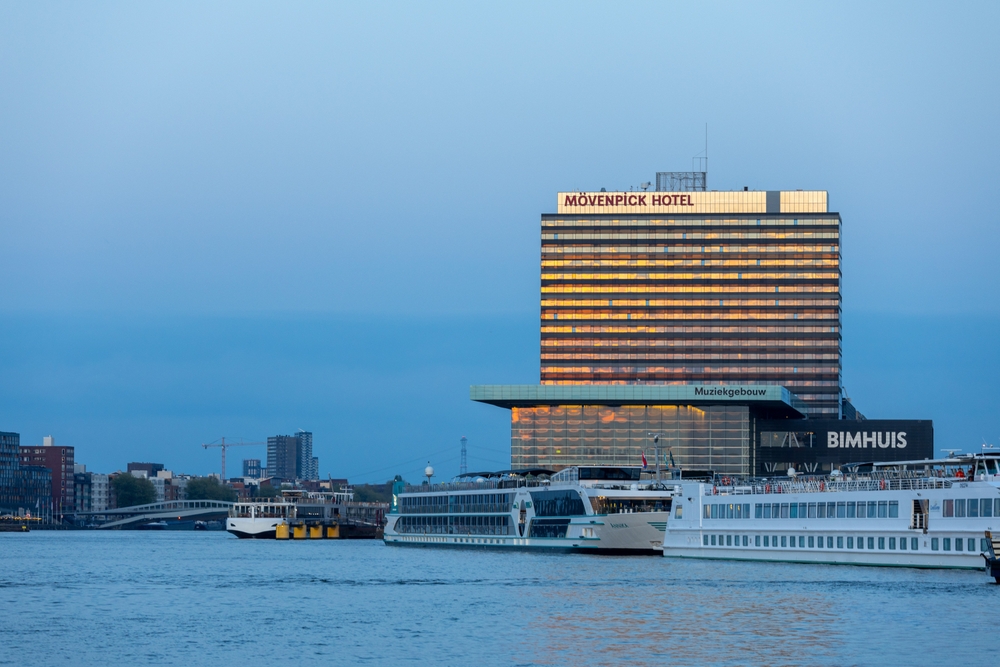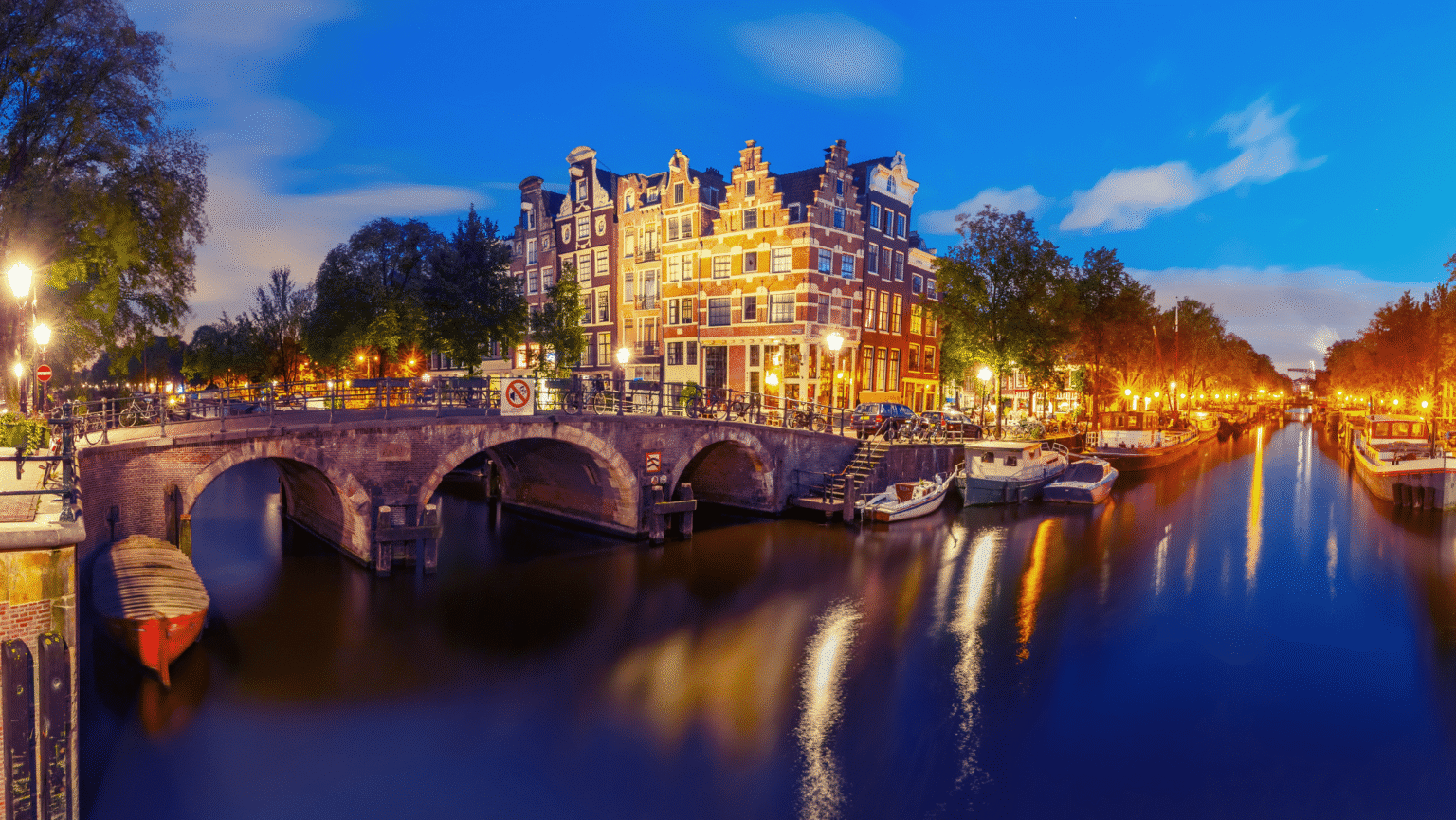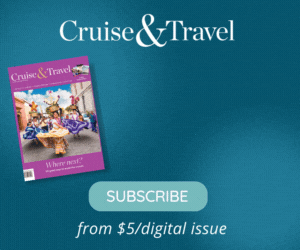- One of Europe’s leading river cruise capitals has moved to cut the number of port calls by ships.
- The city council wants to reduce the number of river cruise tourists by 250,000 by 2028.
- The industry is now negotiating to find new ground.
Amsterdam’s tough stance on tourism is now setting its sights on a new target: the city’s bustling river cruise industry. Long seen as a less problematic form of tourism compared to large ocean liners, the steady flow of river cruise passengers has come under scrutiny as residents voice growing concerns about overcrowding and the overall quality of life in their famously compact city.
In a significant policy shift, the city council has announced plans to implement a cap on the number of river cruise ships, a move that is already sparking debate and negotiation with the industry.
The new policy aims to cut the number of river cruise ships calling at the port by nearly half, from a recent high of around 2,300 vessels annually to a maximum of 1,150 by 2028. This is projected to reduce the number of river cruise tourists by over 270,000 per year.

The city council’s decision is part of a broader effort that includes a ban on new hotels, a crackdown on rowdy tourist behaviour, and a plan to move the large ocean cruise terminal out of the city centre by 2035.
Amsterdam is a small city, with a population of just over 850,000, yet it attracts tens of millions of visitors each year.
While ocean cruises have been the primary focus of overtourism complaints due to their size, the council maintains river cruise ships, while smaller, contribute to the issue by bringing a constant stream of visitors to the city’s central, canal-filled core.
The city council’s Deputy Mayor, Hester van Buren, stated that the measures are necessary to ensure a “liveable, clean, and sustainable” Amsterdam for both residents and visitors.
The European River Cruise Association (IG RiverCruise), which represents the industry, has formed a working group with Amsterdam officials to find a middle ground.
The association argues that river cruise passengers are “managed tourism suppliers” and are not part of the problem. They contend that the passengers’ visits are often temporary and that the industry provides significant economic benefits, generating millions of euros in direct spending.
They hope to reach a compromise, such as limiting the number of ships during peak periods or requiring vessels to dock at specific, less-congested times
The debate highlights a fundamental tension between the economic benefits of tourism and the social and environmental costs.
Amsterdam is not alone in its struggle to control tourism. Cities worldwide are grappling with similar challenges, and many have turned their attention to the cruise industry, both ocean and river.
- Venice, Italy: One of the most famous examples of a city fighting overtourism. Venice has banned large cruise ships from its historic Giudecca Canal and requires day-trippers to pay a fee to enter the city.
- Dubrovnik, Croatia: The city has implemented caps on the number of cruise ships and passengers allowed to visit its historic Old Town each day in a bid to protect its UNESCO World Heritage status.
- Barcelona, Spain: The city has taken steps to limit the number of cruise ships and has even closed some cruise terminals to reduce traffic and pollution.
These destinations are all facing the same central dilemma: how to balance the economic benefits of tourism with the social and environmental costs of overtourism.
But Amsterdam is the first city to single out river cruise operators for action.




